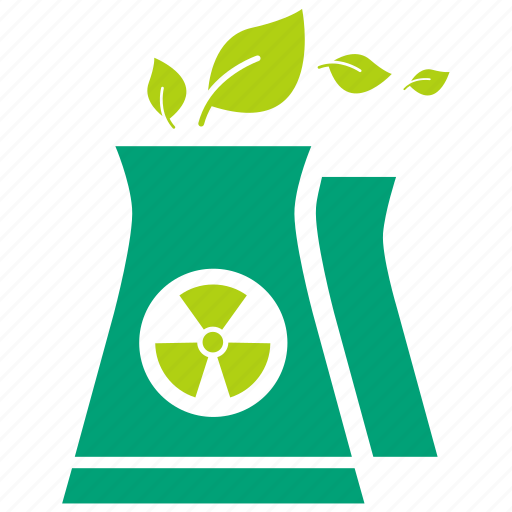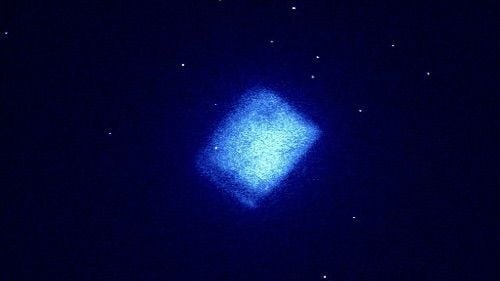- cross-posted to:
- hardware
- cross-posted to:
- hardware
The world’s first nuclear-powered battery — a diamond with an embedded radioactive isotope — could power small devices for thousands of years, according to scientists at the UK’s University of Bristol.
The diamond battery harvests fast-moving electrons excited by radiation, similar to how solar power uses photovoltaic cells to convert photons into electricity, the scientists said.
Scientists from the same university first demonstrated a prototype diamond battery — which used nickel-63 as the radioactive source — in 2017. In the new project, the team developed a battery made of carbon-14 radioactive isotopes embedded in manufactured diamonds. The researchers chose carbon-14 as the source material because it emits short-range radiation, which is quickly absorbed by any solid material — meaning there are no concerns about harm from the radiation. Although carbon-14 would be dangerous to ingest or touch with bare hands, the diamond that holds it prevents any short-range radiation from escaping. “Diamond is the hardest substance known to man; there is literally nothing we could use that could offer more protection,” Neil Fox, a professor of materials for energy at the University of Bristol, said in the statement…
A single nuclear-diamond battery containing 0.04 ounce (1 gram) of carbon-14 could deliver 15 joules of electricity per day. For comparison, a standard alkaline AA battery, which weighs about 0.7 ounces (20 grams), has an energy-storage rating of 700 joules per gram. It delivers more power than the nuclear-diamond battery would in the short term, but it would be exhausted within 24 hours. By contrast, the half-life of carbon-14 is 5,730 years, which means the battery would take that long to be depleted to 50% power…
[A] spacecraft powered by a carbon-14 diamond battery would reach Alpha Centauri — our nearest stellar neighbor, which is about 4.4 light-years from Earth — long before its power were significantly depleted.
The battery has no moving parts, according to the article. It “requires no maintenance, nor does it have any carbon emissions.”
Abstract credit: https://slashdot.org/story/436735/outstanding
If that’s anywhere close to true, it would be a game Changer. It doesn’t matter if it takes a lot of energy to produce as it would be a perfect dump for renewables
Isolating carbon 14 is incredibly energy intensive. It’s one out of a trillion atoms. Or you’d synthesize it in a nuclear reactor.
It is the worst possible storage for renewables that I can imagine.
@db0 @pedroapero We already have nuclear batteries. What do you think powers Voyager 1 and 2?
(Here is an unofficial account of the latter: https://techhub.social/@NSFVoyager2)
I’m pretty sure those are not fit into consumer electronics
You can buy Betavoltaic nuclear batteries commercially.
So it would be perfect to run a clock on. … though it won’t have the energy to display said clock…
You’ll need more than one.
It’s an isotope a billion times rarer than Uranium 235 compressed into a synthetic diamond. A regular synthetic diamond costs hundreds per carat because of the time and energy to compress graphite at high temperature and pressure over weeks.
From quora:
“Nuclear reactors produce roughly 30,000 Ci of 14C radiation per year which corresponds to a power output of 10 Watt.”
So if all the c14 was used for batteries instead of of research you could make 10 watts of batteries per year.
This is inadequate.
Are you aware that many devices use multiple cells in parallel?
The size of each cell versus its power output is the deal. Also, you can’t have too many radioactive devices in close proximity without the potential for making the whole thing dangerously radioactive.
In other news, scientists who demonstrated world’s first diamond-nuclear battery suffer mysterious fatal accident.
???
It’s not free energy. You take an extremely rare byproduct from a nuclear reactor, compress it for weeks with a huge amount of energy to make the high temperature and pressure, and get a diamond battery.
Duracell isn’t going to be sweating over a million dollar battery ( my wild guess) that can’t power a digital watch. If all C14 made in a year was used for batteries instead of research, you’d get the equivalent of a Costco pack of 50 AA batteries ( which would never need to be replaced but still ) .




